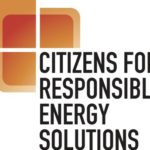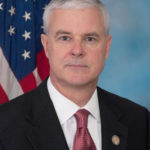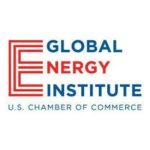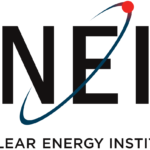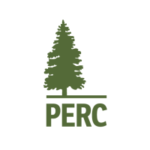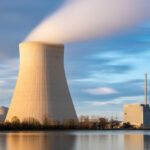
Repowering closing coal plants with advanced nuclear represents both an opportunity and a challenge. In the previous blog post of this series, Momentum Grows to Repower Retiring Coal Plants with Nuclear, we detailed the tangible economic and energy reliability benefits of coal-to-nuclear projects. Delivered effectively, they can ensure the preservation of jobs, revitalize communities, and provide clean power available 24/7 to the grid. However, despite these potential advantages, the shift to nuclear energy is not a guaranteed success. To the contrary, numerous hurdles need to be overcome if coal-to-nuclear projects are to become a reality. Significant changes to the current nuclear deployment model are required to make this transformation both technically feasible and effective in terms of cost and schedule.
Current Challenges in Nuclear Deployment
While a nuclear reactor could theoretically replace coal to create steam for many power plants, today’s nuclear energy deployment model cannot meet the speed or scale required to repower hundreds of coal plants or maintain American nuclear leadership, a goal set forth in the bipartisan Advance Act of 2024. Coal-to-nuclear projects must be constructed quickly enough to prevent the loss of transmission rights and retain the existing power plant workforce, all while maintaining commercial viability. To repower the coal plants currently operating in the United States by 2040, more than one coal-to-nuclear project would need to be completed every month, starting now. Given current U.S. nuclear deployment timelines of 6-10 years per project, achieving this goal requires a total paradigm shift in nuclear construction. Unfortunately, both traditional nuclear reactors and many advanced designs face challenges with complexity, high costs, and slow construction, making it difficult to fully capitalize on this opportunity.







